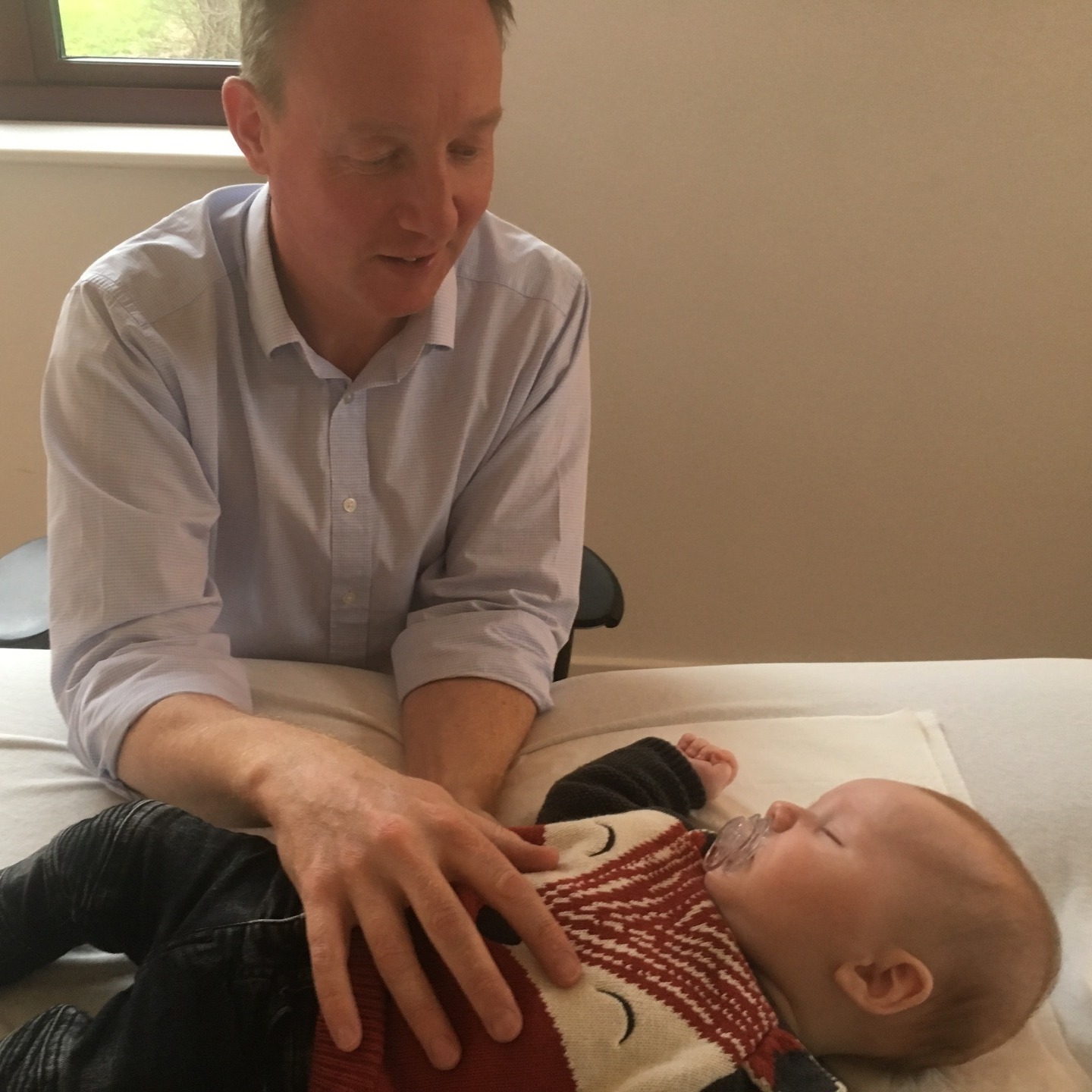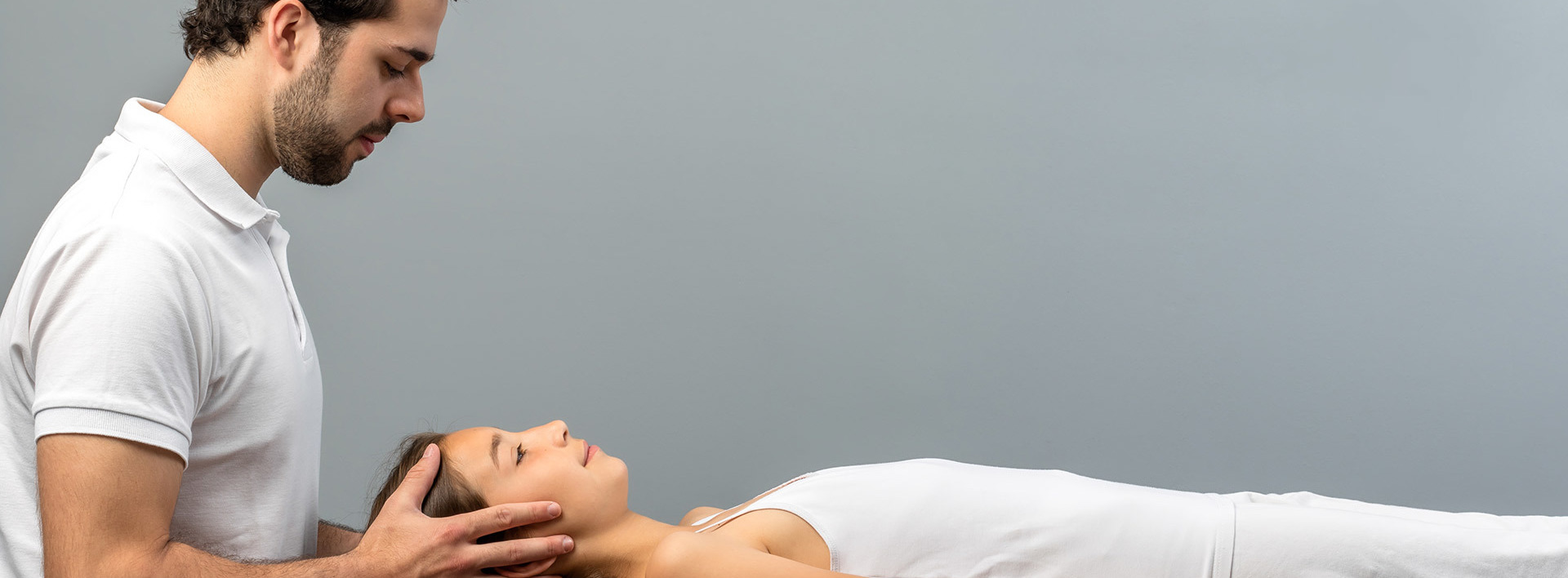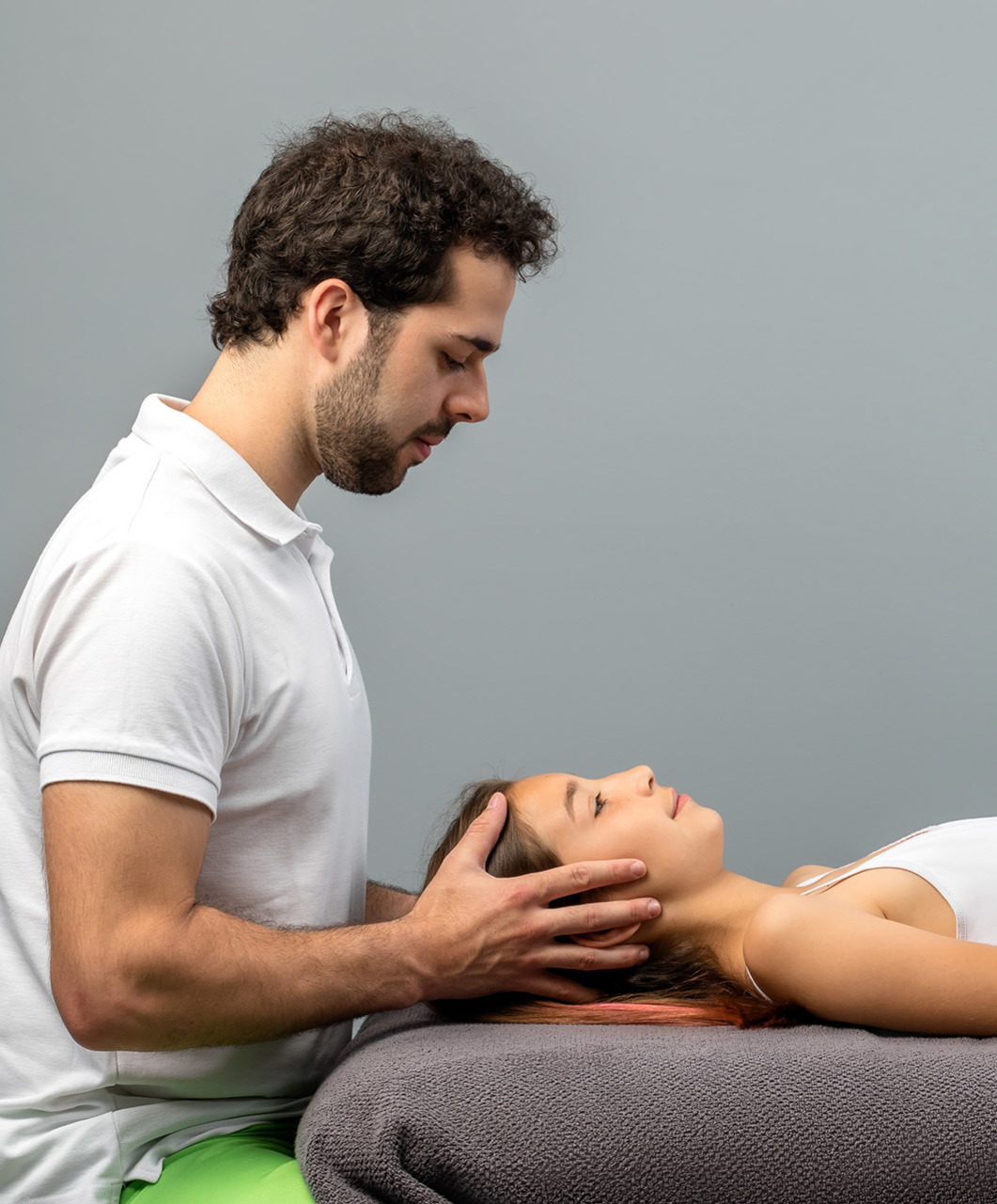Cranial Osteopathy
Is Cranial Osteopathy different to Osteopathy?
Cranial osteopathy is not different to osteopathy, it is the name given to a subtle and refined approach to osteopathy that follows all the principles of osteopathy, and it is used throughout the body not just in the head. The name cranial osteopathy simply refers to the fact that it includes the structures inside the head.
Cranial osteopaths use a highly developed sense of touch to feel subtle changes of tension and tissue quality in the living anatomy of the whole body, and to diagnose areas of strain or dysfunction.
The osteopath is often drawn to areas in the body that have been affected by past events, such as old accidents and injuries. The body may have learned to compensate for a traumatic event or injury and the patient may be unaware that there is anything wrong, but the effects may still be present and relevant to current symptoms.
Diagnosis and treatment are intimately linked as the osteopath works to activate the innate ability of the body to heal itself, and by offering gentle and specific support where it is needed to bring the tissues into a state of balance and release, to restore it to health.
Using this approach, the osteopath learns to listen to and be guided by the body’s inner knowledge of what is wrong, which may be different to the patient’s opinion and the osteopath’s opinion. This helps the osteopath to understand and treat the cause of the symptoms, to reduce the chance of symptoms returning in the future.
Cranial osteopathy is a gentle, safe and effective approach to treatment of a wide range of problems in the whole body.

What sort of patients or conditions can be helped with cranial osteopathy?
This approach to osteopathy is a way of viewing the body rather than a type of technique and it can be used on every patient. Cranial osteopathy is widely known for the treatment of babies but, is equally effective for children, adults and the elderly.
In any osteopathic treatment, the whole body is involved and, improvements are often noted in many different areas. For example, it is not uncommon for digestive problems to resolve when the spine or pelvis are being treated because of back pain.


